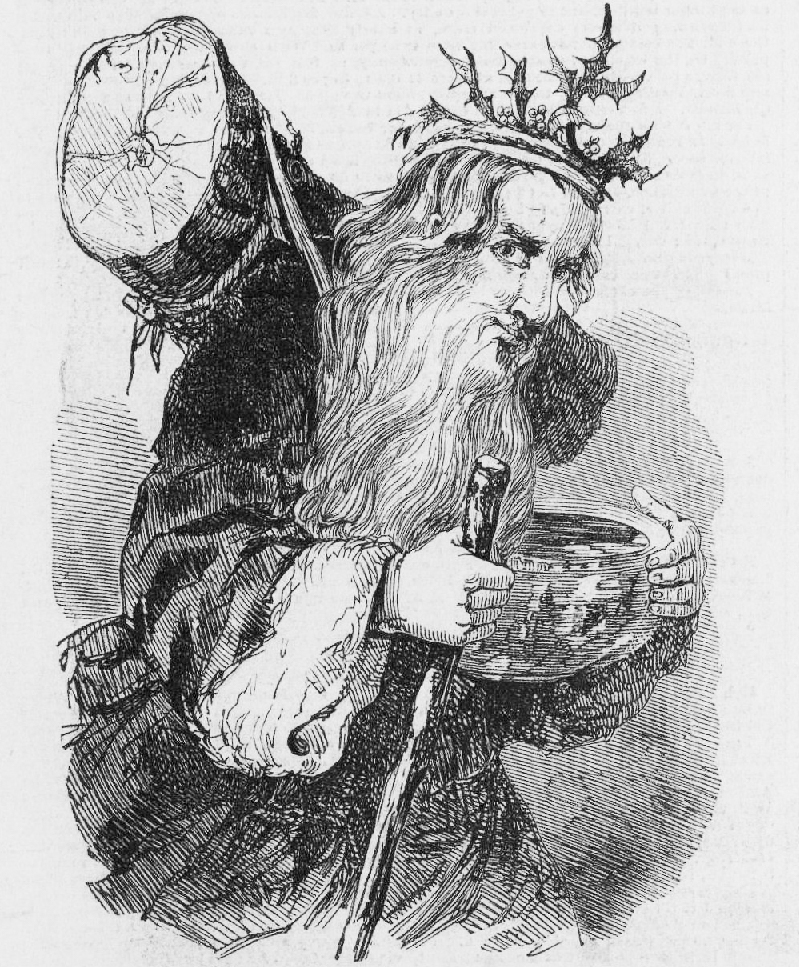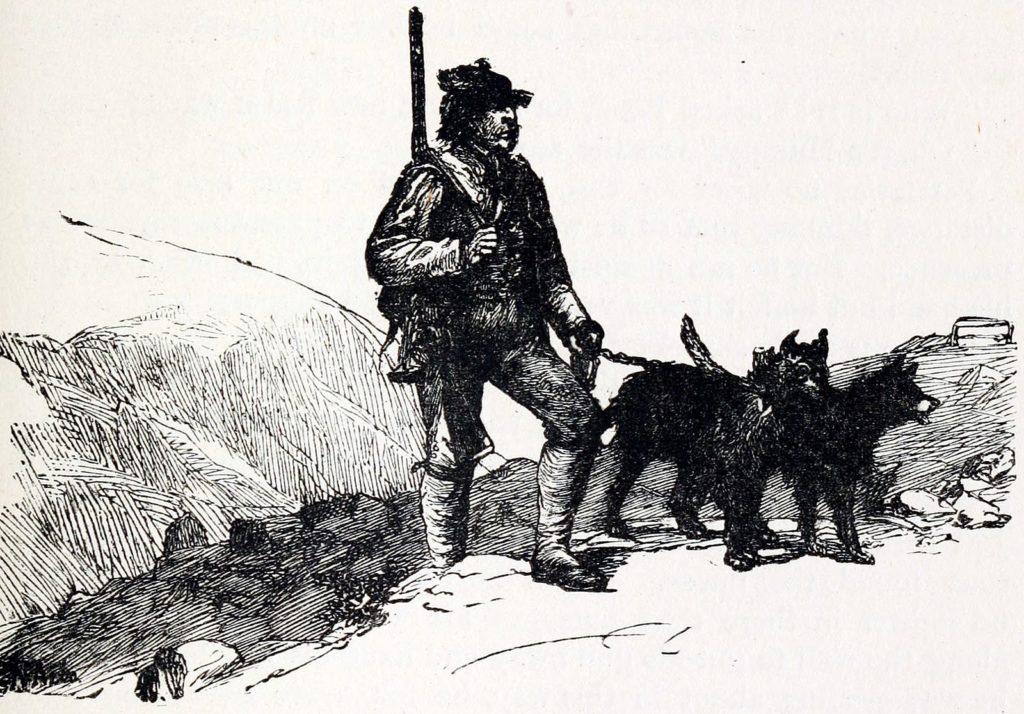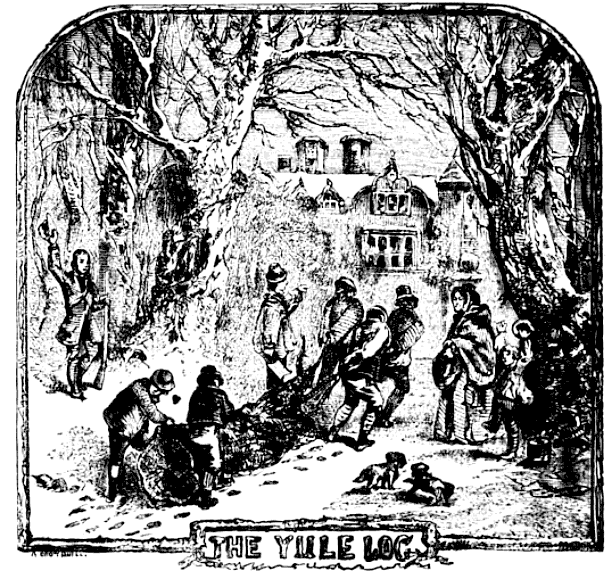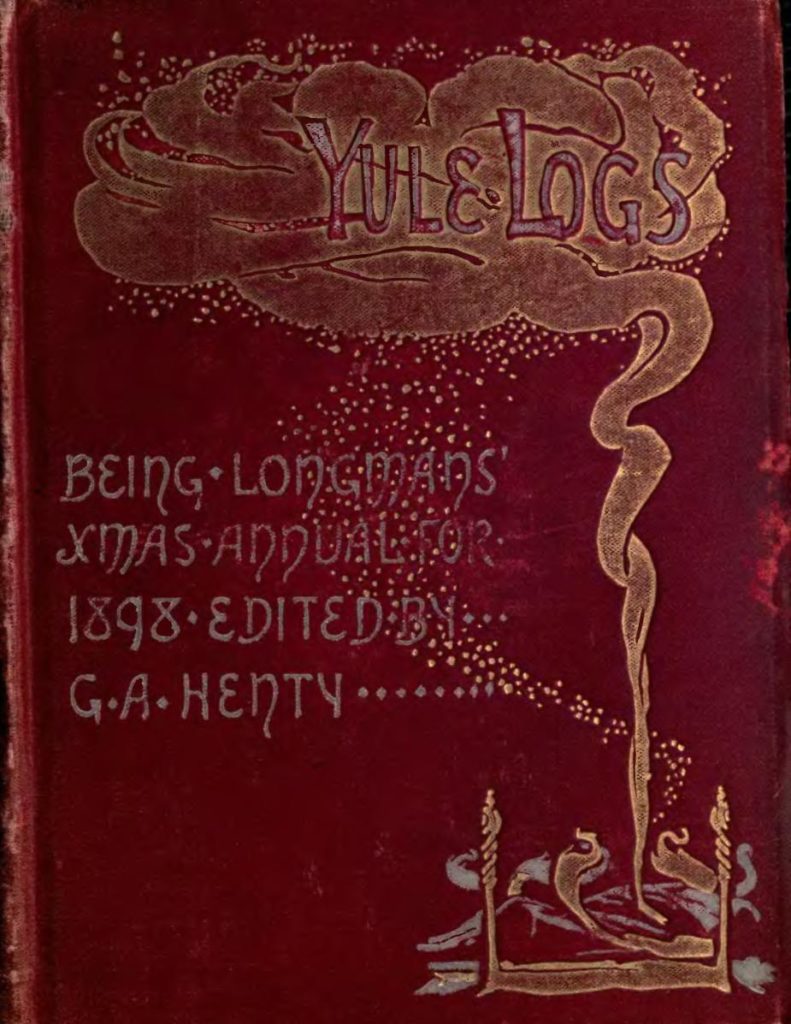It’s cold here where I live, in the northern hemisphere on December 21st, the Winter Solstice. On my phone, the weather app says 28 degrees Fahrenheit and a low overnight of 11 degrees, with a little snow in the morning. I’m thankful for the reminder of the season. You see, I used to live where we had no big change in the weather — no visual reminder that there are seasons — no symbolism.
I’ve always liked the symbolism in our lives. I think of the Creators, instilling little clues of a previous and future life. Many of them are in plain view — the winter solstice marks the day with the least amount of daylight hours. Beginning on the 22nd of December, the days begin to lengthen (we don’t need the government giving us daylight savings time — in fact, that messes with our biological clocks.) And that’s where many of the rituals and traditions take shape — the yuletide log and bonfire marking the return of the sun. We could understand that to be the return of the Son of God. He is not going to leave us alone while we sojourn in the telestial sphere. The return of the sun is a nice reminder. I believe in the day when the son of God will return to be king of the Millennial age when the earth has leveled-up and maintains a terrestrial existence.
In terms of daylight, on the winter solstice, the day is 5 hours 51 minutes shorter than on June’s Summer Solstice. In most locations north of the Equator, the shortest day of the year is around December 21st. Each day after the 21st, the days get longer, meaning more seconds of daylight (from sunrise to sunset). On the 22nd, the daylight hours increase by about 3 seconds. And each day thereafter, it increases until you reach the Summer Solstice with almost 6 hours more of daylight. You can figure it out with this site.
I know that some of the holidays are wrapped around pagan worship, but they often developed out of truths. I like to note the signs in the skies — and the winter solstice falls into that category.
So, if you want to mark the day, you have some choices. If you do a word search for the yule log, Google will give you many images of a delicious confection of a cake log — which appeals to my inner sweet urgings. I won’t be cutting down a tree and dragging it into the hearth to burn this year, though, in past years, we have had a bonfire and a yule log cake. You’re actually supposed to save some of the wood from the previous year and use it to start the fire on the yule log the next year. I guess you could say that it symbolizes the eternal nature of the return of the sun. I’m sure the ancient civilizations had some other similar belief — the birth of a new year or the -rebirth. The stone circle, Stonehenge in Wiltshire, England, has stones set in a circle, and one of them aligns with the sun during the solstices.
As a people, we need the hope of a brighter future, and though that means different things to different people, you can take the day with the shortest hours of daylight and recognize that tomorrow truly will be a brighter day each day thereafter — until June 21st. And then the cycle begins, which is a reminder of the eternal nature of our lives.
People have celebrated the winter solstice in conjunction with Christmas for many years:

‘Christmas with the Yule Log.’ The illustration is accompanied by a verse which begins:
“WHAT? Father Christmas! Here again?
With Yule Log on your back,
And mighty store of racy things.
Well stuffed within your pack”.
Date 23 December 1848
Source Illustrated London News
Author ‘Alfred Crowquill’ (Alfred Henry Forrester (1804-72))

English: Illustration of Per Gynt from the short story “Peter Gynt.”
Published in Christmas Fireside Stories or Round the Yule Log; Norwegian Folk and Fairy Tales by Peter Christen Asbjørnsen, translated by H.L. Brækstad. Published by Sampson Low, Marston & Company in London around 1919



